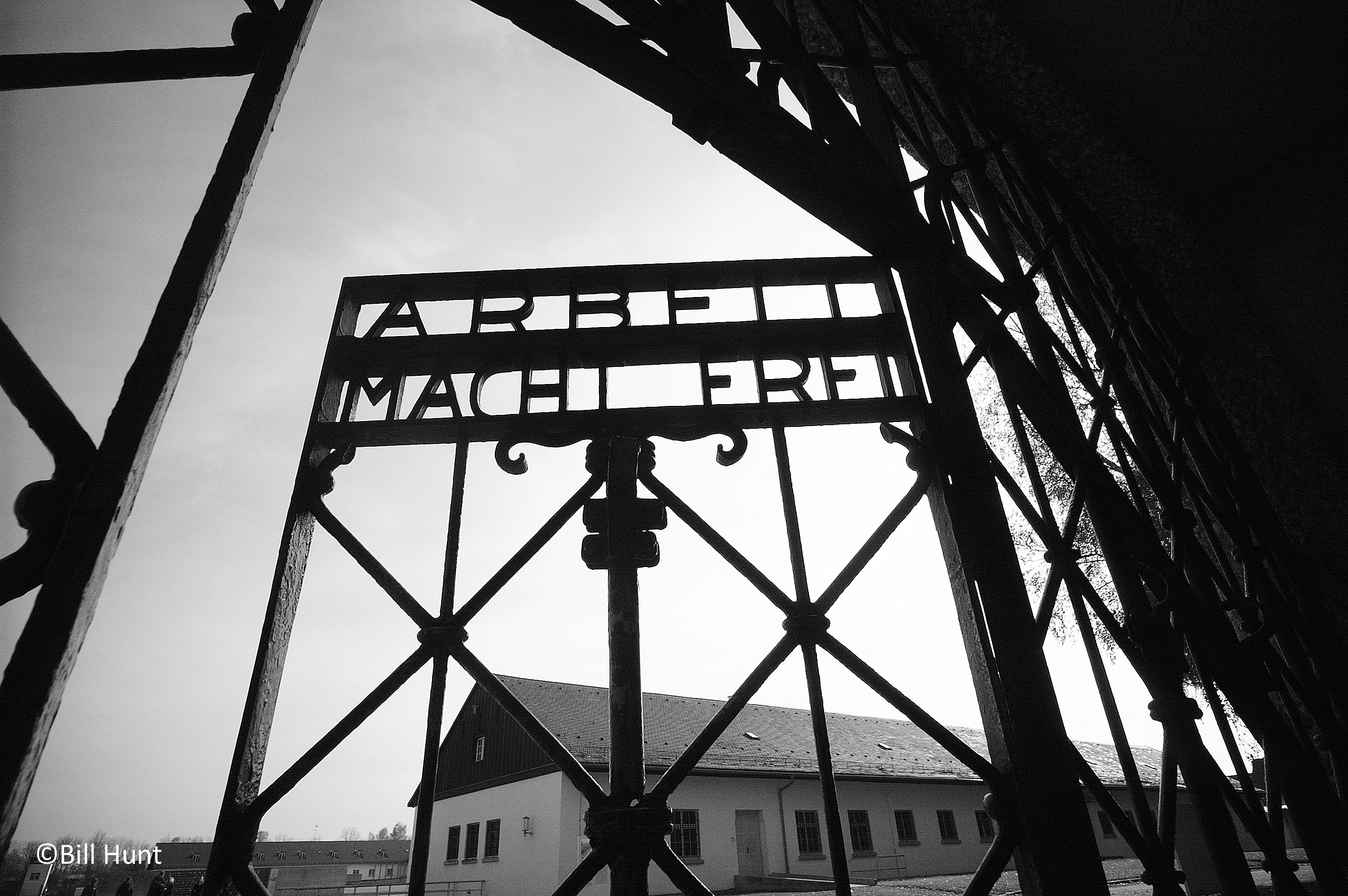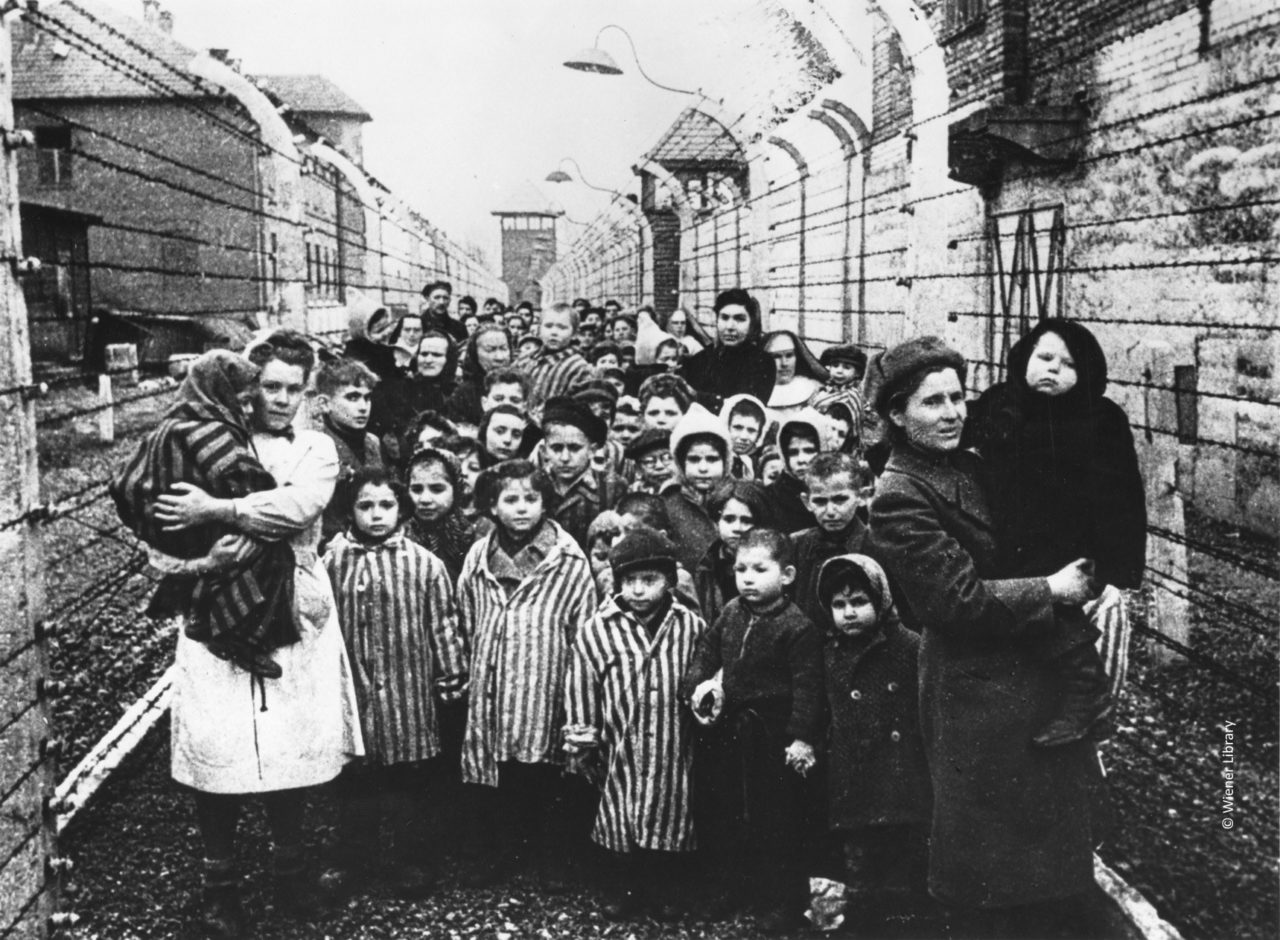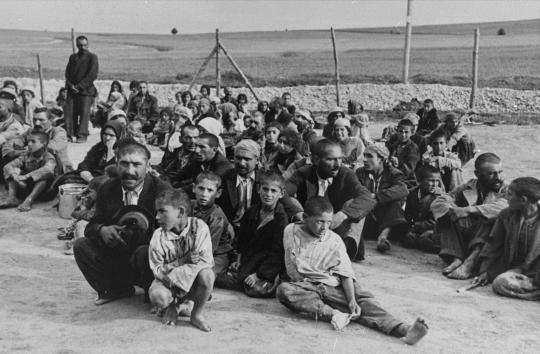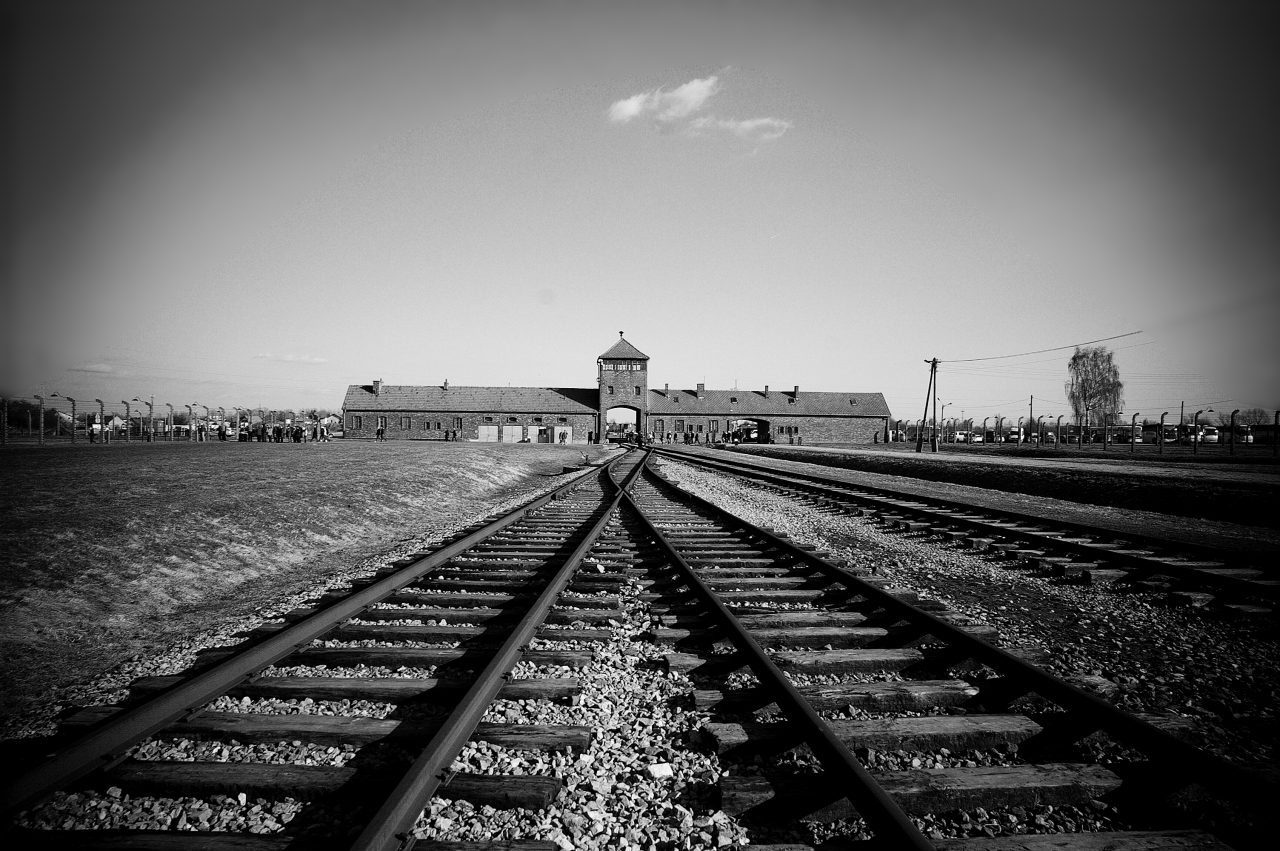22 March 1933: Dachau Concentration Camp Established
On 22 March 1933, less than three months after Adolf Hitler was appointed German Chancellor, the first concentration camp of the Nazi regime was established in the town of Dachau, about 10 miles northwest of Munich, in Southern Germany.
Dachau was originally intended as a camp for ‘political prisoners’ such as communists, trade unionists and other political opponents of the Nazis. This was soon extended to include Jehovah’s Witnesses, Roma and Sinti (Gypsies) and gay men.
Large numbers of Jews were also interned at Dachau. In the days following the November Pogrom (Kristallnacht) in November 1938, over 10,000 Jewish people were imprisoned in the camp.
Prisoners were forced into slave labour, to contribute to the expansion of the camp. Slave labour, medical experimentation and mass killings all took place at Dachau. The living conditions also lead to many deaths, through starvation and typhus epidemics.
The camp was liberated on 29 April 1945 by American troops. A few days prior to this, there had been 67,665 registered prisoners in Dachau and its subcamps; 43,350 were political prisoners and 22,100 were Jews. As the Americans approached, the Germans forced around 7,000 prisoners on a death march; those who were not shot or who did not die of hunger, cold, or exhaustion were liberated in early May.



